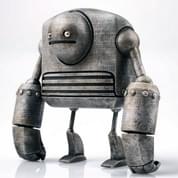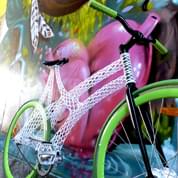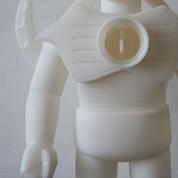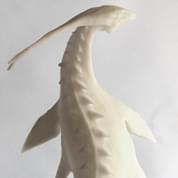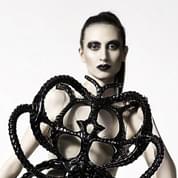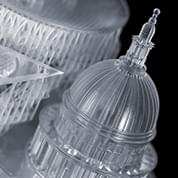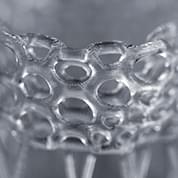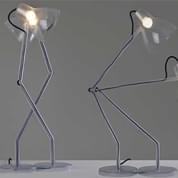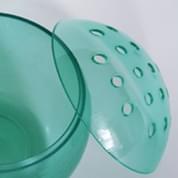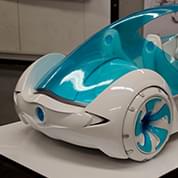Resins are the perfect 3D printing materials if you are looking for smooth surfaces, high-quality, detailed prints and a wide variety of finishing and post-processing possibilities.
Standard resin, gray resin, mammoth resin, and transparent resin use the veteran of all 3D printing technologies: Stereolithography. It’s been around at Materialise since 1990, and continues to be one of the most widely-used 3D printing technologies for plastics.
Available Stereolithography Materials
Standard resin is a translucent material with a yellowish color. It’s a low-budget material that offers great surface quality and a high level of detail. »
Gray resin is a material, with great surface quality and a high level of detail, which is easy to paint. »
Mammoth resin is a material that can print very large models up to 2100 x 700 x 800 mm. It has a smooth surface and a medium mechanical resistance. »
Transparent resin is a transparent material, with a slight blue tinge. It’s strong, hard, and stiff. »
Which 3D Printed Resin Is Right for Me?
- Both standard resin and gray resin are suitable for visual models with limited functionality, but with a high level of detail. Applications range from visual models to model trains and figurines. Choose standard resin if you’re looking for the lowest price. However, gray resin is more expensive but due to the notable color of the material, details are more visible and will make painting easier.
- Mammoth resin is suitable for printing very large models with limited functionality, but with great surface quality. Choose this resin if size matters.
- Transparent resin is suitable for models that need a transparent appearance with a fairly smooth surface. Therefore, it’s an ideal material for visual models with limited functionality. Choose this resin if you are mainly looking for transparency.


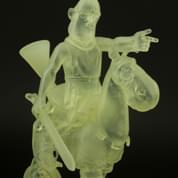
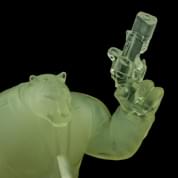

.jpg)
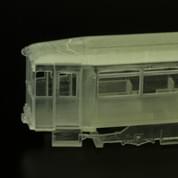

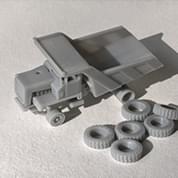
.jpg)

